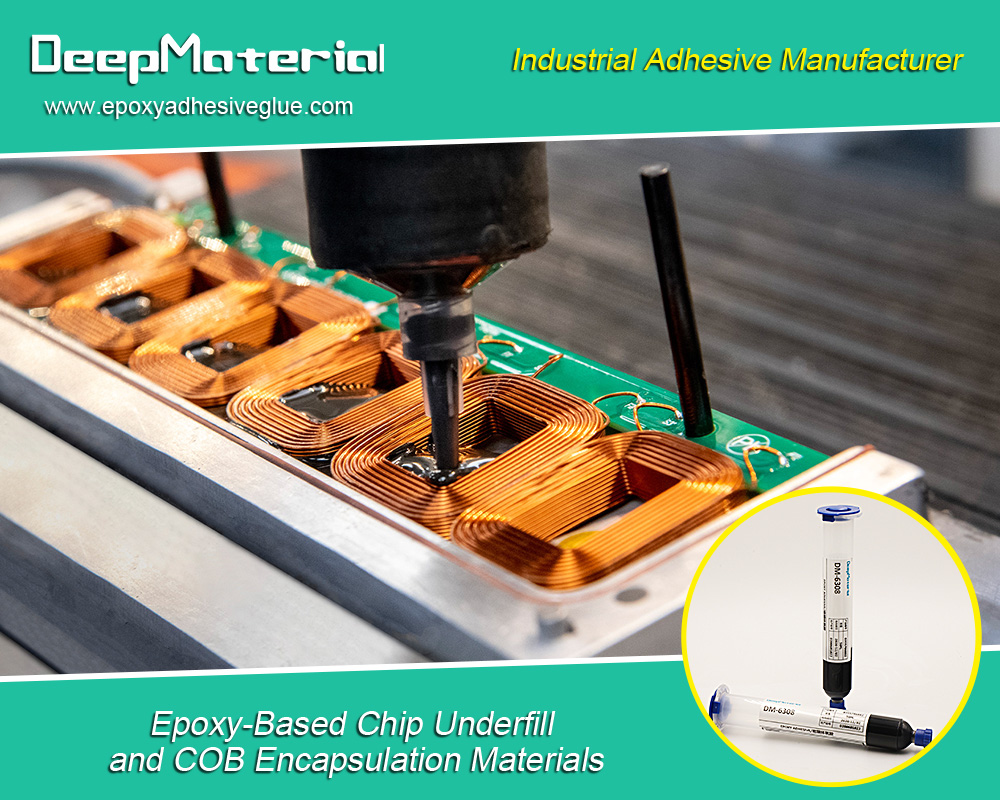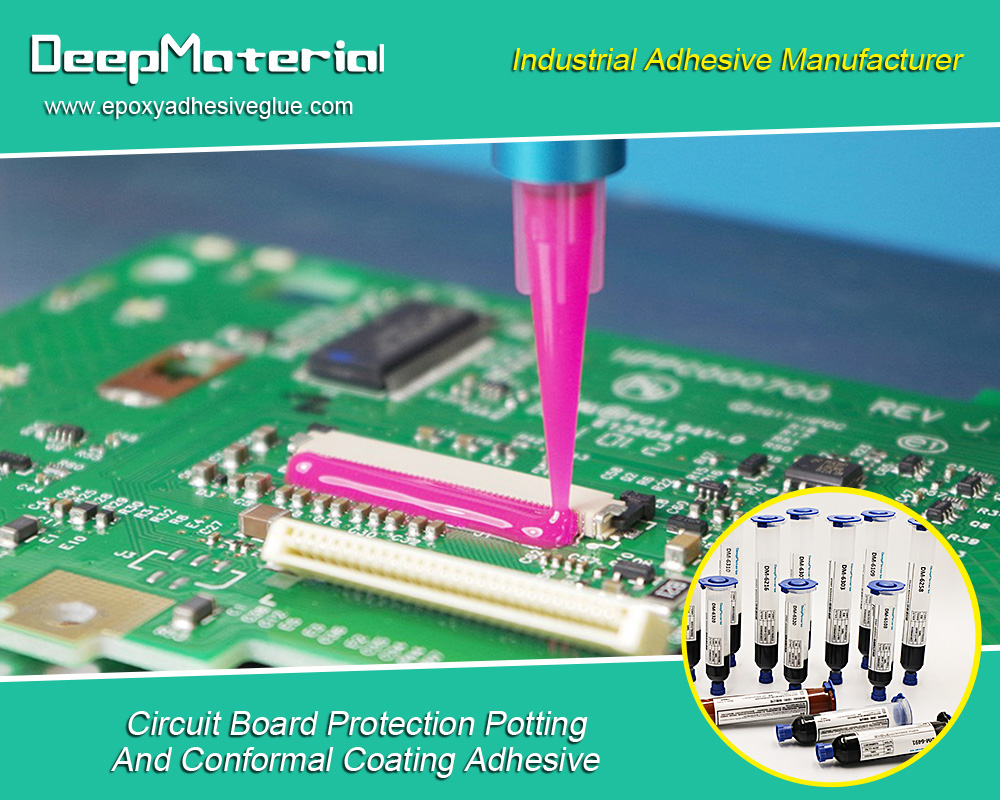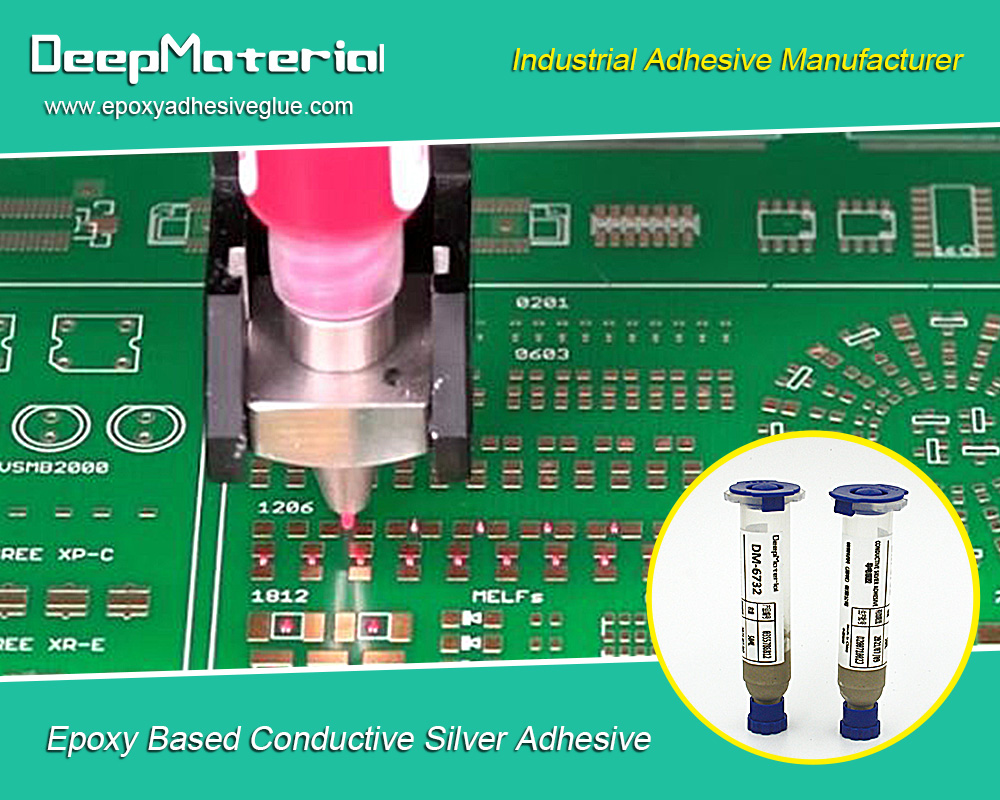The Complete Guide to 2 Part Epoxy Glue for Plastic: Types, Characteristics, and Applications
The Complete Guide to 2 Part Epoxy Glue for Plastic: Types, Characteristics, and Applications
In adhesives, few products offer the versatility, strength, and reliability of 2 Part epoxy glue, especially when bonding plastics. Plastics are widely used across industries, from automotive to electronics, and finding an adhesive that can securely bond them is essential. One of the most effective solutions is a 2 Part epoxy glue, engineered to provide durable, long-lasting bonds even under challenging conditions. In this article, we’ll explore the various types of 2 Part epoxy glue for plastic, their characteristics, and the applications they are best suited for.
Understanding 2 Part Epoxy Glue for Plastic
Epoxy glue is a two-component adhesive, typically made up of a resin and a hardener, forming a chemical reaction to produce a strong bond when mixed. This bond can withstand stress, resist environmental factors, and provide exceptional durability. The unique composition of 2 Part epoxy glue makes it ideal for bonding a range of plastic materials, including but not limited to:
- Polyethylene (PE)
- Polypropylene (PP)
- Acrylonitrile Butadiene Styrene (ABS)
- Polyvinyl Chloride (PVC)
- Polystyrene (PS)
Each type of plastic presents its bonding challenges, but innovations in epoxy glue formulations have allowed for solid adhesion across multiple plastic substrates.
Types of 2 Part Epoxy Glue for Plastic
The choice of 2 Part epoxy glue depends on the specific type of plastic being bonded, the required strength, and the environmental conditions to which the bond will be exposed. Below are the major types of 2 Part epoxy glue for plastic, each tailored to different needs.
1. Standard 2 Part Epoxy for General Plastic Bonding
Characteristics:
- General purpose: Works well with most plastics such as PVC, ABS, and polystyrene.
- Moderate setting time:Depending on the brand, it usually takes a few minutes to an hour to set.
- Versatile: It can bond plastic to other materials like metal or wood.
- Durability: Resistant to moisture and can handle light to moderate mechanical stress.
Applications:
- Household repairs: Bonding plastic items like toys, furniture, or appliances.
- Arts and crafts:Ideal for creating DIY projects involving plastic components.
- Automotive: Used for minor repairs in non-structural plastic parts like panels or trim.
2. High-Temperature Resistant Epoxy
Characteristics:
- High heat tolerance: Can withstand temperatures up to 150°C or higher, making it ideal for plastic parts exposed to heat.
- Longer cure time: Often requires more time to cure fully, ranging from several hours to a full day.
- Strong chemical resistance: Withstands exposure to harsh chemicals, fuels, and solvents.
- Exceptional bonding strength: Suitable for applications where both temperature and chemical resistance are crucial.
Applications:
- Automotive engine components: For repairing plastic parts near or within engines that experience high heat.
- Industrial machinery: Used in equipment that operates in high-temperature environments.
- Electrical and electronics: Bonding plastic parts in devices that may produce heat during use.

3. Flexible Epoxy for Plastic
Characteristics:
- Flexible bonding: Designed to maintain flexibility even after curing, which is ideal for plastics that expand or contract due to temperature or movement.
- Impact-resistant: Can absorb shock and vibrations without breaking the bond.
- Quick setting:Some formulations can set in as little as five minutes, though complete curing may take longer.
- Waterproof: Often resistant to water and moisture, making it suitable for outdoor use.
Applications:
- Footwear and apparel: Repairing or bonding flexible plastic parts like shoe soles or zippers.
- Outdoor equipment:Ideal for plastic parts exposed to environmental changes, such as garden tools or outdoor furniture.
- Sports equipment: Bonding plastic parts in items like helmets, protective gear, and other equipment subject to movement and impact.
4. Marine Grade Epoxy for Plastics
Characteristics:
- Waterproof:Designed for use in high-moisture or underwater environments.
- UV-resistant: Can withstand long-term exposure to sunlight without degrading.
- High adhesion strength: Bonds exceptionally well to plastic and other materials in wet or underwater conditions.
- Resistant to saltwater:Ideal for applications in marine environments, where salt and moisture are present.
Applications:
- Boats and watercraft: Bonding or repairing plastic parts used in boats, kayaks, or other marine equipment.
- Swimming pools and aquariums: Sealing plastic components exposed to water over long periods.
- Outdoor signage: Used in plastic components continuously exposed to weather conditions.
5. UV-Activated Epoxy for Plastics
Characteristics:
- Cures with UV light:This epoxy type remains fluid until UV light is exposed, which triggers rapid curing.
- Precision bonding:Ideal for situations where precise application and immediate curing are required.
- High clarity:Often dries to a clear finish, making it suitable for bonding transparent or translucent plastics.
- Environmentally resistant:UV-cured epoxies generally resist yellowing, UV light, and weathering.
Applications:
- Electronics and optics: Bonding delicate plastic parts in devices like cameras, smartphones, and lenses.
- Jewelry making:Suitable for creating or repairing intricate plastic parts in accessories.
- Medical devices: These are used to manufacture plastic components for medical devices where quick curing is essential.
6. Conductive Epoxy for Plastic
Characteristics:
- Conductive properties: Infused with metal particles to conduct electricity while maintaining adhesive solid properties.
- Quick-setting: Generally designed to cure quickly to prevent interruptions in electrical flow.
- Durable: Can withstand physical stress and exposure to moisture or chemicals.
- Wide temperature range: Operating in environments with fluctuating temperatures without losing conductivity.
Applications:
- Electronic circuits: For bonding plastic components in electronic devices that require conductive pathways.
- Electromechanical systems: These are used in devices where plastic and metal parts need adhesion and conductivity.
- LED lighting: Bonding and securing plastic components in LED or similar electronic systems.
7. Low-VOC Epoxy for Plastic
Characteristics:
- Environmentally friendly: Formulated with fewer volatile organic compounds (VOCs), reducing harmful emissions.
- Non-toxic: Suitable for applications where minimal chemical exposure is essential, such as in food-related products.
- Low odor: Safer and more pleasant to use indoors or in confined spaces.
- Moderate curing time:Typically requires several hours to cure fully, depending on the specific formulation.
Applications:
- Household items: Repairing plastic items in homes, particularly in areas with limited ventilation.
- Toys and child-related products: Suitable for use on plastic products that children may encounter.
- Food storage containers: Bonding plastic parts in products that come into contact with food or water.
Innovations and Advancements in 2 Part Epoxy Glue for Plastic
With the growing demand for high-performance adhesives, 2 Part epoxy glue has recently seen several innovations. Technology advancements have led to improvements in its formulation, making it more efficient, environmentally friendly, and versatile for different plastic bonding applications. Some of the key trends and innovations include:
- Nanotechnology: Incorporating nanomaterials like carbon nanotubes or graphene into epoxy formulations has improved their strength, flexibility, and resistance to environmental stressors.
- Bio-based Epoxies:As industries look to reduce their environmental footprint, bio-based epoxy glues are gaining popularity. These epoxies are derived from natural resources like plant-based resins, offering a more sustainable alternative to traditional petroleum-based adhesives.
- Innovative Adhesives:Some newer formulations of epoxy glue for plastic now include innovative properties, such as self-healing or changing characteristics based on temperature or stress, enhancing their durability and usability.
- Fast-Cure Epoxies: Innovations in curing have resulted in faster curing times, allowing for quicker repairs and bonding processes in various industries.
 Conclusion
Conclusion
2 Part epoxy glue for plastic is an essential adhesive solution that has revolutionized how we bond plastics in various industries. From household repairs to high-performance industrial applications, the wide range of epoxy types ensures a perfect solution for almost every need. Whether you’re looking for heat resistance, flexibility, or eco-friendly options, the advancements in epoxy glue technology have made it easier than ever to bond plastics with precision and durability securely. By selecting the correct type of epoxy for your specific plastic and application, you can ensure solid and long-lasting results that stand the test of time and the environment.
For more about choosing the complete guide to 2 part epoxy glue for plastic: types, characteristics, and applications, you can pay a visit to DeepMaterial at https://www.epoxyadhesiveglue.com/category/epoxy-adhesives-glue/ for more info.











